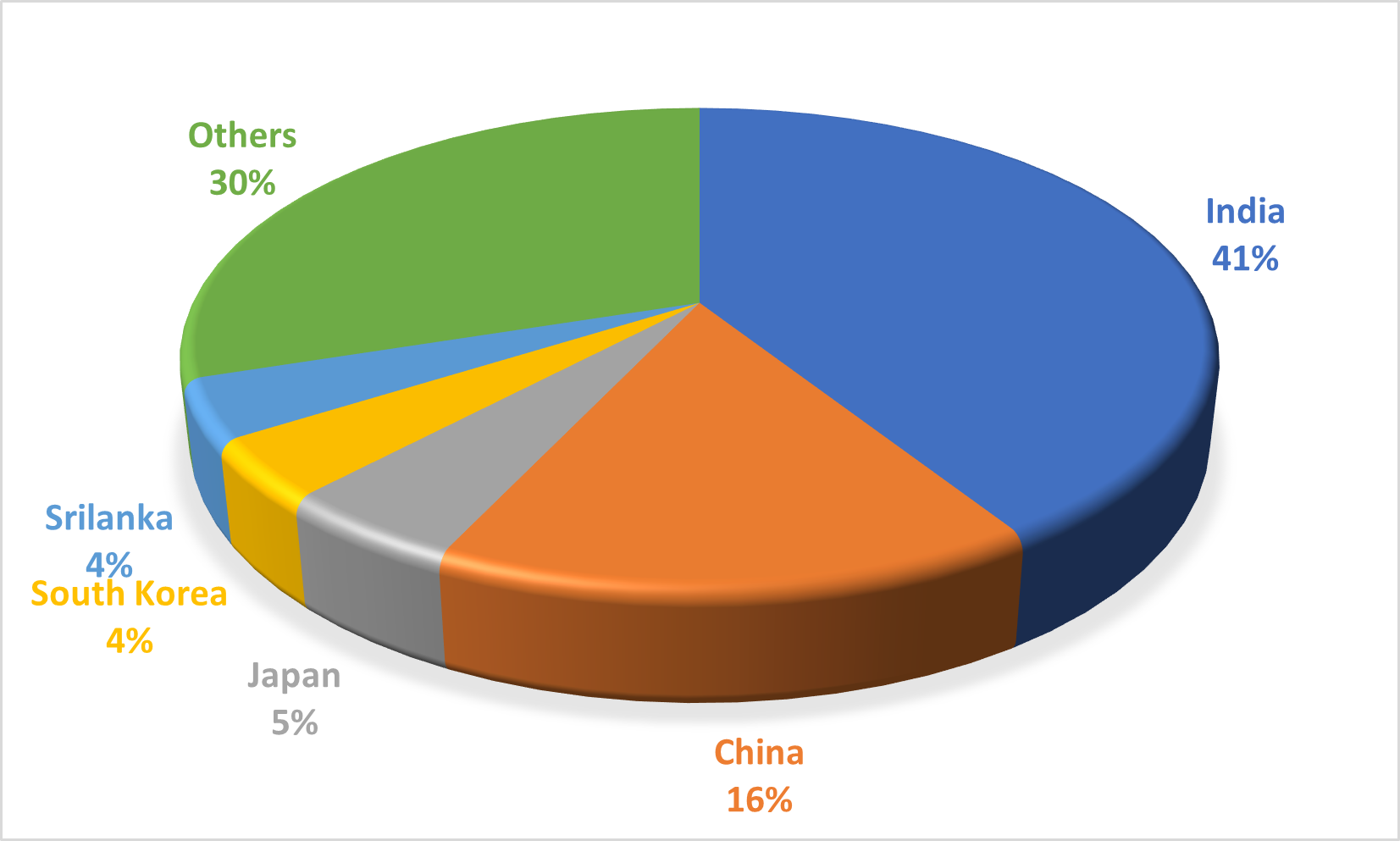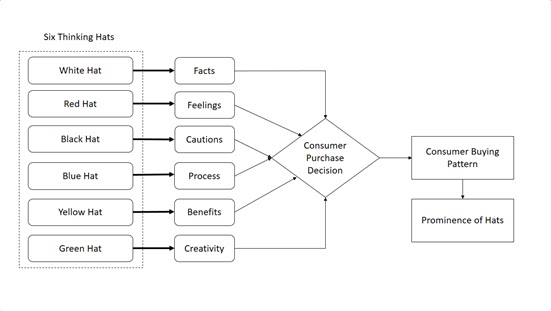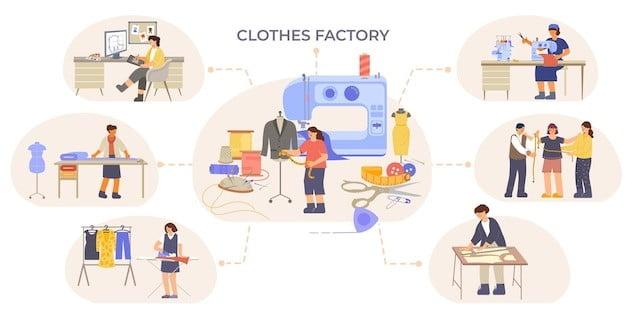Textile and Apparel Industry of Bangladesh
The textile and apparel industry in Bangladesh is blooming day by day. The business amount is growing drastically every year. This sector is the mainstream line for the national economy of Bangladesh. Almost 84% foreign currency earned is from this sector. There are so many business enterprises are heavily dependent on this sector. For instance, banking, insurance, logistics, clearing and forwarding agencies and so on. The textile and apparel sector are offering a lucrative job opportunity for all classes of people including low level, mid-level as well as high level people. Low level people indicate those who are usually not well-educated and works mainly as worker and/or helper, whereas high level consists of educated personnel particularly university graduates or engineers/experts.
This sector facilitates the job employment for almost 4.4 million people. The more importantly about half of this workforce is underprivileged women. So, it is evident that this sector helps to enrich the socio-economic life standards of the citizen (workers/personnel).
Every year export earning is increasing from this sector and many more opportunities are being created accordingly. According to statista report, Bangladesh’s export value of ready-made garments (RMG) was roughly 27.95 billion US dollars in 2020 though the RMG business was little bit affected by the COVID 19. In 2019, this export value was almost 34 billion U.S. dollars.
The investors from across the world especially from China, Japan, Korea, Germany, Italy, UK and so on consider Bangladesh Textile and Apparel industry as the better choice for business. These investors are choosing Bangladesh not only for better money-making opportunity but also for attractive industrial as well as business policies. The foreign investments are heavily secured.
 |
| Major country-wise distribution of foreign nationals working in Bangladesh [source: Transparency International Bangladesh (TIB)] |
Furthermore, the country’s strengths are attracting a lot of investors. These strengths include macroeconomic stability, an open and diverse economy, abundant inexpensive labor, a strategic geographical position as a gateway to Asia-Pacific nations, and a business-friendly legal environment. Textile related education is also simultaneously flourished with the growth of this sector. Textile engineering is the best subject to study in Bangladesh since it provides more career prospects and benefits than any other field. There are a lot of public and private universities that are offering the Textile engineering degrees (B.Sc./ M.Sc./ Diploma/ Certificate program, etc.) in Bangladesh.
However, although there is a sufficient supply of textile graduates to meet the industrial demand, a significant number of foreigners are working in the textile and apparel industry. Unfortunately, the statistics of foreign workers in Bangladesh is not well updated. There is no directory expressing the accurate statistics of foreign workers in the textile and apparel industry. According to CPD RMG Study, there are almost 5,00,000 foreigners working in Bangladesh and most of them are in the Textile and apparel industry.
It is very unfortunate that most of the foreign workers are working illegally without showing the actual salary documents to the National Board of Revenue (NBR). By this way, every year Bangladesh is losing a huge amount of revenue due to the illegal employment of foreigners. These foreigners are taking away around $5 billion every year though we earn around $30 billion.
These foreigners are occupying the positions that can be for the nationals and they are taking away a big amount of money regardless of the legality and/or illegality in their jobs. So now, the most concerning question is why these foreigners are here! Why we hire them although we have enough graduate supply!! Is there any big difference between a foreigner and a local expert!!! Okay let’s look at these issues now……
These foreign nationals are usually working in the top managerial position in different section of the textile and apparel industry particularly in quality section, maintenance section, washing section, as well as designing section. They are also found in the apparel supply chain coordination job. The textile and apparel industry owners prefer the foreigners mainly because of the following reasons:
- They are 100% professional; no biasness; no grouping; no emotions.
- They are truly very much sincere to their duty.
- They do not follow any 9am-5pm timetable rather they are mostly found in the factory floor.
- They are good capable of project/work management. They better know how to get the job done by the staffs.
- They can deal the foreign buyers more comfortably.
- Some of the textile and apparel industry owners believe that the presence of foreigners helps to get the garment orders.
However, there is an established reason of hiring the foreign personnel and that is our domestic personnel are not as good as them. It is thought that the domestic engineers/experts are not capable of doing the top managerial tasks. They are doubted of lacking the leadership, managerial as well as technical capabilities. However, in reality the situation is not like that at all. Our domestic personnel are technically more sound as compared to the foreigners and even their leadership or managerial capabilities are also excellent.
However, there are some problems between them due to being local. They are found to build some groups in their workstation. This grouping practice ultimately deteriorates the productivity by giving privileges to his/her followers or vice-versa. In addition, the working time is another big factor the textile and apparel industry owners are concerned of. The domestic experts usually work for a certain period of time usually 9am-5pm. Sometimes they are not available when necessary as they generally live outside of the factory premises.
The issues associated with the local experts are very easy to solve. They should be properly appreciated, and the proper appraisal must be ensured. It will be very clear if anyone look at the salary difference between the foreigners and locals with respect to the performance or duty. In many a case, foreigners are found to do the signatory task only while all the responsibilities are carried out by the locals. If we can’t evaluate ourselves, then it is very normal that foreigners will take this opportunity. Because the textile and apparel industry owners on the other hand wants the profit maximization by hook or by crook.
Let’s appreciate ourselves and save our money within the national boundary.
Texpedi.com
Check out these related articles:








1 thought on “Textile and Apparel Industry’s Harsh Realities: Exploiting the Foreign Workforce”